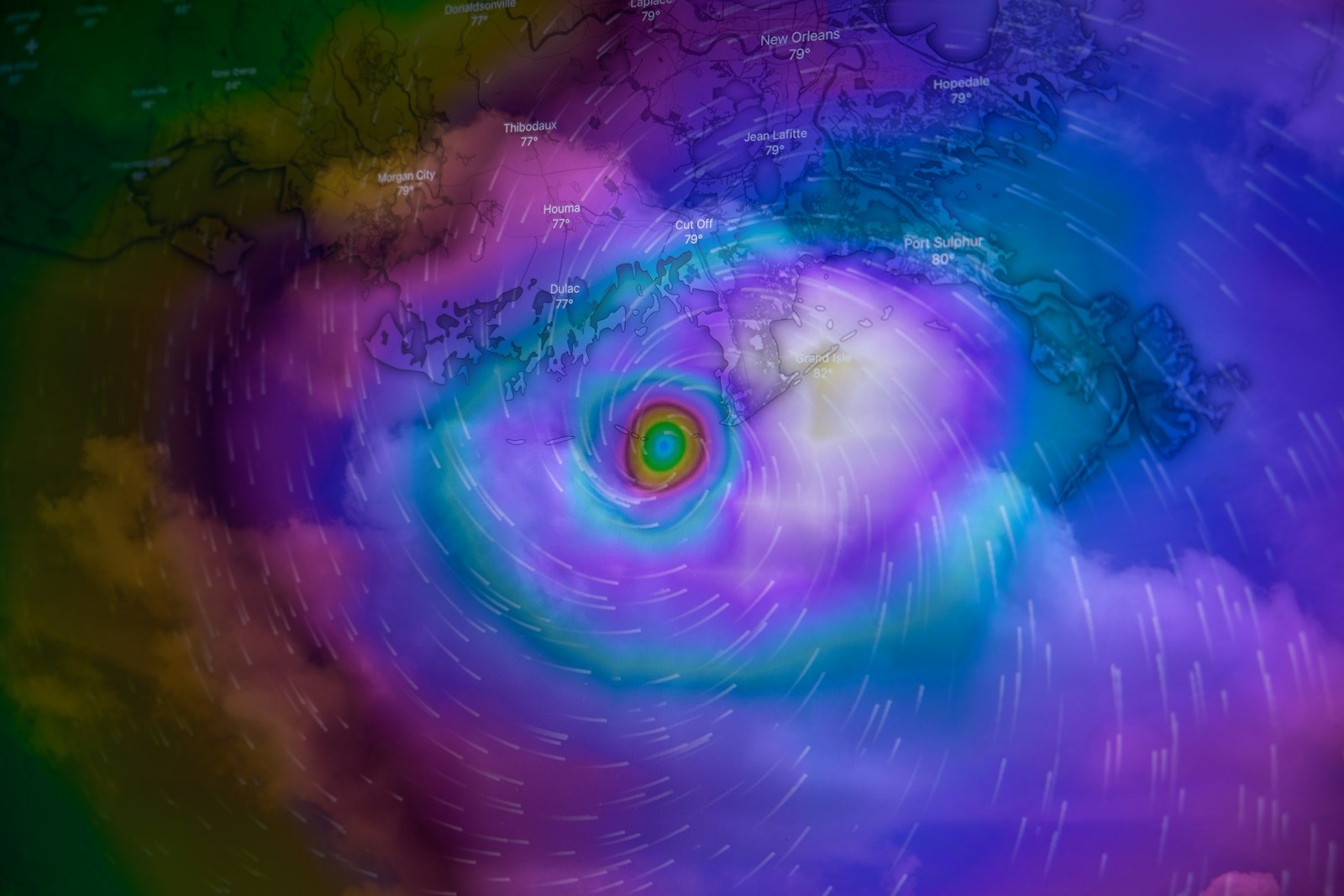Table of Contents
ToggleIntroduction
The world is witnessing a surge in extremely hot days that pose a significant risk to human health, with the most vulnerable regions being ill-prepared to cope. An analysis of climate data by The Washington Post and CarbonPlan reveals that by 2050, over 5 billion people – more than half of the global population – will be exposed to at least a month of health-threatening extreme heat when outdoors in the sun. This number is projected to rise from 4 billion in 2030 and 2 billion at the turn of the century. The analysis highlights the urgent need for action to address this escalating crisis.
The Impact of Highly Dangerous Heat
The Growing Danger:
By 2050, 1.3 billion people will be exposed to highly dangerous heat unless they have access to cooling measures, marking a significant increase from 500 million in 2030 and 100 million in 2000.
Inequality and Heat:
The threat of extreme heat is not uniform across the globe. The most vulnerable countries, particularly in South Asia and sub-Saharan Africa, face disproportionate risks due to limited resources, lack of widespread air conditioning, and underdeveloped healthcare systems.
Economic Disparity:
Around 80% of the population affected by extremely hot days resides in countries with a gross domestic product per capita of less than $25,000, while a mere 2% live in countries with a GDP per capita of $100,000 or more.
Heat’s Creeping Risk:
Unlike well-known climate disasters, heat presents a stealthier but transformative risk. People are already succumbing to heat-related ailments, such as kidney disease, heart attacks, strokes, and mental illnesses, exacerbated by rising temperatures.
Understanding Highly Dangerous Heat
Wet-Bulb Globe Temperature:
Scientists employ the “wet-bulb globe temperature” as a comprehensive metric to evaluate the impact of heat on the human body. It combines temperature, humidity, sunlight, and wind to provide a more accurate assessment of the harm caused by heat.
Factors Affecting Heat Stress:
While most metrics consider only temperature and humidity, wet-bulb globe temperature captures the additional effects of sunlight and wind, crucial in determining an individual’s ability to endure hot conditions.
Implications and Challenges
Unequal Impacts:
The consequences of extreme heat will be felt across developed nations, but the greatest growth in high-risk days will occur in low-income countries lacking access to widespread air conditioning and other resources.
Limited Air Conditioning:
In countries like India, where 270 million people will endure extreme heat even indoors by 2030, only a small percentage of households have air conditioning. The challenge of affordability and accessibility hinders the ability of the most vulnerable populations to protect themselves.
Outdoor Laborers at Risk:
Many of the countries most affected by extreme heat rely heavily on outdoor labor. In India and Pakistan, where brutal hot days are expected, outdoor workers make up a significant portion of the workforce, amplifying their vulnerability.
Mitigating the Risks: Practical Measures
Pacing and Rest Breaks:
Training outdoor workers to pace themselves and take regular rest breaks during extreme heat can mitigate the strain on their bodies.
Ventilated Vests and White Clothing:
Exploring options such as ventilated vests with attached fans and wearing white clothing can help reduce heat strain for those working outdoors.
Legislation and Worker Protection:
Alongside individual efforts, legislation guaranteeing breaks and prohibiting outdoor work under punishing heat conditions can safeguard vulnerable workers. Currently, only a few countries have such laws in place.
Conclusion
The alarming rise in highly dangerous heat poses a grave threat to humanity, affecting regions worldwide but impacting low-income countries the most. Urgent action is needed to address the inequality in resources and access to cooling measures. By understanding the risks and implementing practical measures, individuals and societies can better adapt to and mitigate the adverse effects of extreme heat. The battle against heat-related illnesses and fatalities requires collaboration, innovation, and a commitment to protecting the most vulnerable populations.







